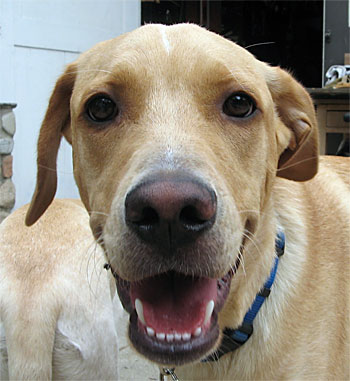PHOTOGRAPHY FOR PORTRAITS TIPS:
Note: These aren’t technical tips.
If the photo isn’t perfect, I can fix certain flaws, but generally the better the photo, the better the portrait outcome will be. If you are taking photos for the portrait, digital cameras are great because you can take as many as you need to get the right shot, but keep the sessions themselves fairly short. Make sure your pet is relaxed and happy, so it doesn’t appear fearful or anxious. If it is a head shot, try to include the neck and shoulders. For the whole body, a side or partial side view usually looks better than a frontal view, unless they are sitting. Try to not crop off any part of the pet, such as an ear.
What Makes a Good (or not so good) Photo for a Portrait?
Besides showing your pet’s personality, it should be a flattering angle, have decent lighting, and show enough detail. Your pet should appear alert, with the eyes showing. If it is too light, (blown-out,) or too dark, it looks flat because there is no form or detail to work from.








